2021 Vol. 12, No. 3
2021, 12(3): 271-278.
doi: 10.15886/j.cnki.rdswxb.2021.03.001
Abstract:
To discover the bioactive components in Areca catechu L., metabolome of A. catechu L. was profiled by using high-performance liquid chromatography-mass spectrometry spectrometry-based on non-target metabolomics. A total of 158 metabolites were quantified, including amino acids, lipids, nucleotides, alkaloidsalkaloids, and flavonoids, and arecaidineacecainide hexosidehexoxide was discovered in A. catechu L. for the first time. The relative quantification of amino acids and alkaloids showed that aromatic amino acids and branched-chain amino acids were mainly distributed in the seeds of A. catechu L. Niacin derivatives were higher in the leaves; arecaidine hexoside and guvacoline were higher in the exocarp of the fruit; other alkaloids were highly accumulated in the fruits, especially in the seeds. According to the structural similarity of niacin, trigonelline, and arecoline, the synthesis pathway of arecoline is speculated as that L-aspartic acid is used as the starting point, and that niacin and trigonelline are used as the basic skeleton for the synthesis.
To discover the bioactive components in Areca catechu L., metabolome of A. catechu L. was profiled by using high-performance liquid chromatography-mass spectrometry spectrometry-based on non-target metabolomics. A total of 158 metabolites were quantified, including amino acids, lipids, nucleotides, alkaloidsalkaloids, and flavonoids, and arecaidineacecainide hexosidehexoxide was discovered in A. catechu L. for the first time. The relative quantification of amino acids and alkaloids showed that aromatic amino acids and branched-chain amino acids were mainly distributed in the seeds of A. catechu L. Niacin derivatives were higher in the leaves; arecaidine hexoside and guvacoline were higher in the exocarp of the fruit; other alkaloids were highly accumulated in the fruits, especially in the seeds. According to the structural similarity of niacin, trigonelline, and arecoline, the synthesis pathway of arecoline is speculated as that L-aspartic acid is used as the starting point, and that niacin and trigonelline are used as the basic skeleton for the synthesis.
2021, 12(3): 279-288.
doi: 10.15886/j.cnki.rdswxb.2021.03.002
Abstract:
CO2 vertical gradient concentrations, and meteorological data sets of temperature and precipitation in the tropical seasonal evergreen forest were collected from 2001—2003 at the SKR station in Thailand. and They were compiled, and the NCEAS model was coupled and improved to simulate tropical forest carbon source-sink income and expenditure processes under seasonal climate variability on a monthly scale. The results showed that the tropical forest in SKR monitoring station presented an obvious phenomenon of coincidence of rainfall with high temperature. The precipitation in the rainy season (April to October) accounted for more than 90% of the total annual precipitation, and the temperature came to the peak from April to May. CO2 concentration was obviously different in the two seasons, high in the rainy season and low in the dry season, and it decreased with the increase of vertical height. Precipitation was the major factor of tropical forest NPP in the SKR monitoring station. The improved NCEAS model can simulate the monthly NPP of the tropical forest more accurately. June−July was the best temporal scale for the improved NCEAS model to simulate the monthly NPP of tropical forests. The constructed model has a high fitting accuracy: r = 0.69, RMSE = 14.93 gC·m−2·month. The likelihood function value RMSE is not sensitive to activation energy Ea and litter mass M0, and has low likelihood values in the parameter distribution interval. The diffusion coefficient k is sensitive, and there is an extreme value when the parameter is 0.4, indicating that k is the main influencing factor that affects the change in the CO2 flux of the tropical forest. It is concluded that in the simulation of carbon flux based on ecosystem process the diffusion process of CO2 from the interior forest to the atmospheric boundary layer is the main influencing factor of carbon flux change of forest ecosystem.
CO2 vertical gradient concentrations, and meteorological data sets of temperature and precipitation in the tropical seasonal evergreen forest were collected from 2001—2003 at the SKR station in Thailand. and They were compiled, and the NCEAS model was coupled and improved to simulate tropical forest carbon source-sink income and expenditure processes under seasonal climate variability on a monthly scale. The results showed that the tropical forest in SKR monitoring station presented an obvious phenomenon of coincidence of rainfall with high temperature. The precipitation in the rainy season (April to October) accounted for more than 90% of the total annual precipitation, and the temperature came to the peak from April to May. CO2 concentration was obviously different in the two seasons, high in the rainy season and low in the dry season, and it decreased with the increase of vertical height. Precipitation was the major factor of tropical forest NPP in the SKR monitoring station. The improved NCEAS model can simulate the monthly NPP of the tropical forest more accurately. June−July was the best temporal scale for the improved NCEAS model to simulate the monthly NPP of tropical forests. The constructed model has a high fitting accuracy: r = 0.69, RMSE = 14.93 gC·m−2·month. The likelihood function value RMSE is not sensitive to activation energy Ea and litter mass M0, and has low likelihood values in the parameter distribution interval. The diffusion coefficient k is sensitive, and there is an extreme value when the parameter is 0.4, indicating that k is the main influencing factor that affects the change in the CO2 flux of the tropical forest. It is concluded that in the simulation of carbon flux based on ecosystem process the diffusion process of CO2 from the interior forest to the atmospheric boundary layer is the main influencing factor of carbon flux change of forest ecosystem.
2021, 12(3): 289-295.
doi: 10.15886/j.cnki.rdswxb.2021.03.003
Abstract:
Tree growth and survival will be affected by the high frequency and severity of extreme drought in the future due to climate change. However, the role of non-structural carbohydrates (NSC) in tree mortality is still unclear. Seedlings of 2 common deciduous tree species (Sapindus mukurossi, Liquidambar formosana) and 6 evergreen tree species (Michelia maudiae, Castanopsis sclerophylla, Schima superba, Cyclobalanopsis glauca, Elaeocarpus decipiens, Cinnamomum camphora) in the subtropical region of China were planted under well-watered (CK) and drought (D) treatments to analyze the difference in NSC (including soluble sugars (SS) and starch (ST)) during the tree mortality among the 8 tree species. The result shows that lethal drought reduced the SS content in the roots, stems and leaves of M. maudiae, C.sclerophylla, E. decipiens and C. camphora, the ST content in the roots, stems and leaves of L. formosana, M. maudiae, C. sclerophylla, and C. glauca, and the NSC content in the roots, stems and leaves of M. maudiae, C. sclerophylla, C. glauca, E. decipiens and C. camphora. However, NSC was accumulated in S. mukurossi (roots, stems, and leaves) and S. superba (leaves and roots). All Tthese results suggest that most of the species might experience the threat of carbon starvation during the process of drought-induced mortality depending on species and organs. Moreover, drought responses of NSC did not differ significantly between the deciduous and evergreen species. These findings can provide a reference for research of impacts of global climate change on tree eco-physiology and for the management of subtropical forests.
Tree growth and survival will be affected by the high frequency and severity of extreme drought in the future due to climate change. However, the role of non-structural carbohydrates (NSC) in tree mortality is still unclear. Seedlings of 2 common deciduous tree species (Sapindus mukurossi, Liquidambar formosana) and 6 evergreen tree species (Michelia maudiae, Castanopsis sclerophylla, Schima superba, Cyclobalanopsis glauca, Elaeocarpus decipiens, Cinnamomum camphora) in the subtropical region of China were planted under well-watered (CK) and drought (D) treatments to analyze the difference in NSC (including soluble sugars (SS) and starch (ST)) during the tree mortality among the 8 tree species. The result shows that lethal drought reduced the SS content in the roots, stems and leaves of M. maudiae, C.sclerophylla, E. decipiens and C. camphora, the ST content in the roots, stems and leaves of L. formosana, M. maudiae, C. sclerophylla, and C. glauca, and the NSC content in the roots, stems and leaves of M. maudiae, C. sclerophylla, C. glauca, E. decipiens and C. camphora. However, NSC was accumulated in S. mukurossi (roots, stems, and leaves) and S. superba (leaves and roots). All Tthese results suggest that most of the species might experience the threat of carbon starvation during the process of drought-induced mortality depending on species and organs. Moreover, drought responses of NSC did not differ significantly between the deciduous and evergreen species. These findings can provide a reference for research of impacts of global climate change on tree eco-physiology and for the management of subtropical forests.
2021, 12(3): 296-304.
doi: 10.15886/j.cnki.rdswxb.2021.03.004
Abstract:
An attempt was made to analyze the effect of salt stress on seed germination and seedling growth of pigeonpea (Cajanus cajan). Seeds and seedlings of 5 pigeonpea accessions collected from India (YD1), Myanmar (MD1), Yunnan (YN1), Guangxi (GX1) and Guangdong (GD1) were treated with NaCl solution at different concentrations to observe their seed germination and seedling growth, and theirThe salt tolerance was evaluated by membership function method. The critical concentrations of NaCl stress for different pigeonpea accessions were determined at the germination and seedling stages. The seed germination and growth were found to be inhibited by NaCl stress at the germination stage, and the salt tolerance of 5 different pigeonpea accessions at the germination stage was in the order of MD1 > GX1 >YD1 > GD1 > YN1. The aboveground and underground growth of pigeonpea seedlings were significantly inhibited with the increase of NaCl concentration at the seedling stage, and the salt tolerance of 5 different pigeonpea accessions at the seedling stage was in the order of MD1 > GX1 > GD1 > YD1 > YN1. The salt tolerance of different pigeonpea accessions at the seed germination stage was not completely consistent with that at the seedling stage. The results showed that MD1 and GX1 were salt-tolerant while YN1 was salt-sensitive. The critical NaCl concentrations for the 5 pigeonpea accessions at the germination and seedling stages were 0.377%−0.748% and 0.275 %−0.510%, respectively. This might provide an important information for screening and evaluation of pigeonpea germplasm and breeding of new salt-tolerant pigeonpea varieties.
An attempt was made to analyze the effect of salt stress on seed germination and seedling growth of pigeonpea (Cajanus cajan). Seeds and seedlings of 5 pigeonpea accessions collected from India (YD1), Myanmar (MD1), Yunnan (YN1), Guangxi (GX1) and Guangdong (GD1) were treated with NaCl solution at different concentrations to observe their seed germination and seedling growth, and theirThe salt tolerance was evaluated by membership function method. The critical concentrations of NaCl stress for different pigeonpea accessions were determined at the germination and seedling stages. The seed germination and growth were found to be inhibited by NaCl stress at the germination stage, and the salt tolerance of 5 different pigeonpea accessions at the germination stage was in the order of MD1 > GX1 >YD1 > GD1 > YN1. The aboveground and underground growth of pigeonpea seedlings were significantly inhibited with the increase of NaCl concentration at the seedling stage, and the salt tolerance of 5 different pigeonpea accessions at the seedling stage was in the order of MD1 > GX1 > GD1 > YD1 > YN1. The salt tolerance of different pigeonpea accessions at the seed germination stage was not completely consistent with that at the seedling stage. The results showed that MD1 and GX1 were salt-tolerant while YN1 was salt-sensitive. The critical NaCl concentrations for the 5 pigeonpea accessions at the germination and seedling stages were 0.377%−0.748% and 0.275 %−0.510%, respectively. This might provide an important information for screening and evaluation of pigeonpea germplasm and breeding of new salt-tolerant pigeonpea varieties.
2021, 12(3): 305-311.
doi: 10.15886/j.cnki.rdswxb.2021.03.005
Abstract:
In order toTo reveal the physiological and biochemical responses of Stylosanthes guianensis (stylo) to Colletotrichum gloeosporioides infection, the changes in the antioxidant system and the concentrations of six mineral elements and sixteen free amino acids in the leaves of Stylo Reyan No.2 after 96 h of inoculation with C. gloeosporioides were analyzed. Results showed that the concentrations of the mineral elements, P, K, Ca, Fe, and Na, in the stylo leaves were enhanced under C. gloeosporioides treatment. The activities of antioxidant enzymes, including total superoxide dismutase (T-SOD) and peroxidase (POD), and the concentrations of the non-enzymatic antioxidants such as total phenols, flavonoids and procyanidins in the stylo leaves inoculated with C. gloeosporioides were increased. Furthermore, the concentrations of alanine and β-alanine increased by 7.61-fold and 1.49-fold in the stylo leaves inoculated with C. gloeosporioides, respectively, and these two amino acids had significant inhibitory effects on the growth of C. gloeosporioides in vitro. These results indicate stylo can resist the infection of C. gloeosporioides through increasing its antioxidant capacity and accumulation of the amino acids, alanine and β-alanine.
In order toTo reveal the physiological and biochemical responses of Stylosanthes guianensis (stylo) to Colletotrichum gloeosporioides infection, the changes in the antioxidant system and the concentrations of six mineral elements and sixteen free amino acids in the leaves of Stylo Reyan No.2 after 96 h of inoculation with C. gloeosporioides were analyzed. Results showed that the concentrations of the mineral elements, P, K, Ca, Fe, and Na, in the stylo leaves were enhanced under C. gloeosporioides treatment. The activities of antioxidant enzymes, including total superoxide dismutase (T-SOD) and peroxidase (POD), and the concentrations of the non-enzymatic antioxidants such as total phenols, flavonoids and procyanidins in the stylo leaves inoculated with C. gloeosporioides were increased. Furthermore, the concentrations of alanine and β-alanine increased by 7.61-fold and 1.49-fold in the stylo leaves inoculated with C. gloeosporioides, respectively, and these two amino acids had significant inhibitory effects on the growth of C. gloeosporioides in vitro. These results indicate stylo can resist the infection of C. gloeosporioides through increasing its antioxidant capacity and accumulation of the amino acids, alanine and β-alanine.
2021, 12(3): 312-318.
doi: 10.15886/j.cnki.rdswxb.2021.03.006
Abstract:
Stylosanthes were cultured on culture dishes, pot cultured and then inoculated with fermentation broths of 4 strains of Streptomyces spp, one of the genus of Actinomycetes., to observe tTheir growth were observed h, and their morphological indexes (fresh weight, plant height, stem length and root length) and physiological and biochemical indexes (chlorophyll content, soluble protein content, soluble sugar content and root activity) were determined. The results showed that the fermentation broths of the four strains of Streptomyces spp. increased the fresh weight, stem length and plant height as well as the contents of chlorophyll and soluble protein of the seedlings of Stylosanthes. In general, the four strains of Streptomyces spp had an obvious effects on promoting of the growth of Stylosanthes, and improved the quality of Stylosanthes to various degrees. These results, which indicates that Actinomycetes can be used to increase the yield of Stylosanthes.
Stylosanthes were cultured on culture dishes, pot cultured and then inoculated with fermentation broths of 4 strains of Streptomyces spp, one of the genus of Actinomycetes., to observe tTheir growth were observed h, and their morphological indexes (fresh weight, plant height, stem length and root length) and physiological and biochemical indexes (chlorophyll content, soluble protein content, soluble sugar content and root activity) were determined. The results showed that the fermentation broths of the four strains of Streptomyces spp. increased the fresh weight, stem length and plant height as well as the contents of chlorophyll and soluble protein of the seedlings of Stylosanthes. In general, the four strains of Streptomyces spp had an obvious effects on promoting of the growth of Stylosanthes, and improved the quality of Stylosanthes to various degrees. These results, which indicates that Actinomycetes can be used to increase the yield of Stylosanthes.
2021, 12(3): 319-325.
doi: 10.15886/j.cnki.rdswxb.2021.03.007
Abstract:
The twigs and leaves of Croton laevigatus, a Li Folk Medicine, were extracted with ethanol, from which compounds were separated and purified by using column chromatography on silica gel, sephadex LH-20 and semi-preparative HPLC, and their structures were identified on the basis of spectroscopic data and physicochemical properties. Twelve compounds were separated from the 95% ethanol extract of the twigs and leaves of C. laevigatus, including (3S, 5R, 6S, 7E, 9R)-3,6-dihydroxy-5,6-dihydro-β-ionol (1), vomifoliol (2), 4,5-dihydroblumenol A (3), 5-epi-eudesma-4(15)-ene-1β, 6β-diol (4), aromadendrane-4β, 10β-diol (5), ent-4(15)-eudesmene-1β, 6α-diol (6), (7R*)-opposit-4(15)-ene-1β, 7-diol (7), (+)−syringaresinol (8), rel-(3R, 3′S, 4R, 4′S)-3,3′,4,4′-tetrahydro-6, 6′-dimethoxy[3,3′-bi-2H-benzopyran]-4,4′-diol (9), (+)−medioresinol (10), thero-ficusesquilignan A (11), trans-p-hydroxycinnamic acid methyl ester (12). Compounds 1−12 were obtained from C. laevigatus for the first time. The bioassay of the compounds 1−12 was conducted with Behrman and MTT methods. The bioassay showed that the compounds 8−12 had significant nematicidal activity against Panagrellus redivivus, and that all the compounds were inactive against the selected human cancer cell lines.
The twigs and leaves of Croton laevigatus, a Li Folk Medicine, were extracted with ethanol, from which compounds were separated and purified by using column chromatography on silica gel, sephadex LH-20 and semi-preparative HPLC, and their structures were identified on the basis of spectroscopic data and physicochemical properties. Twelve compounds were separated from the 95% ethanol extract of the twigs and leaves of C. laevigatus, including (3S, 5R, 6S, 7E, 9R)-3,6-dihydroxy-5,6-dihydro-β-ionol (1), vomifoliol (2), 4,5-dihydroblumenol A (3), 5-epi-eudesma-4(15)-ene-1β, 6β-diol (4), aromadendrane-4β, 10β-diol (5), ent-4(15)-eudesmene-1β, 6α-diol (6), (7R*)-opposit-4(15)-ene-1β, 7-diol (7), (+)−syringaresinol (8), rel-(3R, 3′S, 4R, 4′S)-3,3′,4,4′-tetrahydro-6, 6′-dimethoxy[3,3′-bi-2H-benzopyran]-4,4′-diol (9), (+)−medioresinol (10), thero-ficusesquilignan A (11), trans-p-hydroxycinnamic acid methyl ester (12). Compounds 1−12 were obtained from C. laevigatus for the first time. The bioassay of the compounds 1−12 was conducted with Behrman and MTT methods. The bioassay showed that the compounds 8−12 had significant nematicidal activity against Panagrellus redivivus, and that all the compounds were inactive against the selected human cancer cell lines.
2021, 12(3): 326-332.
doi: 10.15886/j.cnki.rdswxb.2021.03.008
Abstract:
An attempt was made to analyze the metabolic changes of nutrients in Aquilaria sincensis at the early agarwood inducing stage for the development of the fertilizer application method for A. sinensis at the agarwood inducing stage. A. sinensis trees at the age of 4 years old were holed on the stem manually to induce agarwood with the trees without stem holing as control. The nutrient contents of the leaves and the barks and the xylems of the holed stem at the early agarwood inducing stage were determined and the leaf chlorophyll content were measured. The results showed at the agarwood inducing stage the leaf contents of N, P, K, Fe and Zn in A. sinensis decreased, while the leaf contents of Ca, Mg, Cu and Mn increased. Only the leaf contents of Zn and Mn showed a significant change. The bark contents of N, P, Ca, Fe, Zn and Mn increased and the bark contents of K, Mg and Cu decreased, but the change was significant only in the bark contents of Cu, Fe, Zn and Mn. In the xylem the contents of N, P, K, Ca, Mg, Cu, Fe, Zn and Mn all showed an upward trend, of which the contents of Ca, Mg, Mn and Cu showed a significant change. Correlation analysis showed that there was no significant correlation between changes in plant nutrient contents and soil nutrient contents at the early agarwood inducing stage. The ratios of the leaves to the xylem of the trees treated with agarwood inducing were decreased significantly in the contents of N, P, K, Mg, Cu, Fe and Zn and were not significantly changed in the contents of Ca and Mn at the early agarwood inducing stage, as compared with those of the control without agarwood inducing. The leaf chlorophyll content was increased at the early agarwood inducing stage without any significance.
An attempt was made to analyze the metabolic changes of nutrients in Aquilaria sincensis at the early agarwood inducing stage for the development of the fertilizer application method for A. sinensis at the agarwood inducing stage. A. sinensis trees at the age of 4 years old were holed on the stem manually to induce agarwood with the trees without stem holing as control. The nutrient contents of the leaves and the barks and the xylems of the holed stem at the early agarwood inducing stage were determined and the leaf chlorophyll content were measured. The results showed at the agarwood inducing stage the leaf contents of N, P, K, Fe and Zn in A. sinensis decreased, while the leaf contents of Ca, Mg, Cu and Mn increased. Only the leaf contents of Zn and Mn showed a significant change. The bark contents of N, P, Ca, Fe, Zn and Mn increased and the bark contents of K, Mg and Cu decreased, but the change was significant only in the bark contents of Cu, Fe, Zn and Mn. In the xylem the contents of N, P, K, Ca, Mg, Cu, Fe, Zn and Mn all showed an upward trend, of which the contents of Ca, Mg, Mn and Cu showed a significant change. Correlation analysis showed that there was no significant correlation between changes in plant nutrient contents and soil nutrient contents at the early agarwood inducing stage. The ratios of the leaves to the xylem of the trees treated with agarwood inducing were decreased significantly in the contents of N, P, K, Mg, Cu, Fe and Zn and were not significantly changed in the contents of Ca and Mn at the early agarwood inducing stage, as compared with those of the control without agarwood inducing. The leaf chlorophyll content was increased at the early agarwood inducing stage without any significance.
2021, 12(3): 333-339.
doi: 10.15886/j.cnki.rdswxb.2021.03.009
Abstract:
Bacterial diseases caused by Aeromonas veronii have threatened the development of fish production. And Cbl (CysB like protein) is one of the important regulatory factors of bacterial sulfur metabolism. Escherichia coli BL21 (DE3) was selected as the prokaryotic expression vector for Cbl, and culturedadded with IPTG (Isopropyl-beta-D-thiogalactoside) for culture to induce the expression of Cb1. The protein samples were run on SDS-PAGE gel electrophoresis to verify the protein bands of Cb1, and then the concentration of Cbl was determined with Boster’s BCA protein assay kit. The results showed that Cbl was successfully purified, and that the concentration of Cbl was up to 601.405 mg·L−1, which meets the requirements for subsequent experiments, when the induction time was 8h, the final IPTG concentration was 0.1 mmol·L−1, the induction temperature was 15 ℃ and the Imidazole concentration in the elution buffer was 100 mmol·L−1.
Bacterial diseases caused by Aeromonas veronii have threatened the development of fish production. And Cbl (CysB like protein) is one of the important regulatory factors of bacterial sulfur metabolism. Escherichia coli BL21 (DE3) was selected as the prokaryotic expression vector for Cbl, and culturedadded with IPTG (Isopropyl-beta-D-thiogalactoside) for culture to induce the expression of Cb1. The protein samples were run on SDS-PAGE gel electrophoresis to verify the protein bands of Cb1, and then the concentration of Cbl was determined with Boster’s BCA protein assay kit. The results showed that Cbl was successfully purified, and that the concentration of Cbl was up to 601.405 mg·L−1, which meets the requirements for subsequent experiments, when the induction time was 8h, the final IPTG concentration was 0.1 mmol·L−1, the induction temperature was 15 ℃ and the Imidazole concentration in the elution buffer was 100 mmol·L−1.
2021, 12(3): 340-346.
doi: 10.15886/j.cnki.rdswxb.2021.03.010
Abstract:
Bacillus subtilis contains coupled positive and negative feedback loops and senses environmental noise fluctuations through the signaling pathway of transcription factor ComK. Therefore, a study on the dynamics of ComK expression induced by noise intensity and autocorrelation time can effectively reveal the evolutionary process of B. subtilis. An attempt was made to analyze the phenomenon of protein concentration conversion induced by color noise in ComK expression system. According to Novikov theory and Fox approximation method, the approximate expression of the steady-state probability distribution function is given, and the approximate expression of the mean first passage time is calculated by using the steepest descent method. The effects of the noise intensity and the autocorrelation time of the multiplicative noise and additive noise on the steady-state probability distribution and the mean first passage time are analyzed. The results show that under different noise intensities of multiplicative noise and additive noise, the mean first passage time decreases with the increase of autocorrelation time, which indicates that the noise intensity and autocorrelation time will cause the protein concentration to go through the transition from “on” to “off ”.
Bacillus subtilis contains coupled positive and negative feedback loops and senses environmental noise fluctuations through the signaling pathway of transcription factor ComK. Therefore, a study on the dynamics of ComK expression induced by noise intensity and autocorrelation time can effectively reveal the evolutionary process of B. subtilis. An attempt was made to analyze the phenomenon of protein concentration conversion induced by color noise in ComK expression system. According to Novikov theory and Fox approximation method, the approximate expression of the steady-state probability distribution function is given, and the approximate expression of the mean first passage time is calculated by using the steepest descent method. The effects of the noise intensity and the autocorrelation time of the multiplicative noise and additive noise on the steady-state probability distribution and the mean first passage time are analyzed. The results show that under different noise intensities of multiplicative noise and additive noise, the mean first passage time decreases with the increase of autocorrelation time, which indicates that the noise intensity and autocorrelation time will cause the protein concentration to go through the transition from “on” to “off ”.
2021, 12(3): 347-355.
doi: 10.15886/j.cnki.rdswxb.2021.03.011
Abstract:
Serotonin (5-HT) plays a vital role in many physiological processes of insects, regulating physiological activities, such as growth and movement through multiple 5-HT receptors. It is also a potential target of new insecticides. A systematic analysis of the serotonin receptor family of Aedes aegypti provides a theoretical basis for the study of its functions. The 5-HT receptor 3D structure of A. aegypti was constructed through the homology modeling based on the human 5-HT receptor template, and a phylogenetic tree was established with bioinformatics for evolutionary analysis. The expressions of 5-HT receptors in different tissues (head, thorax, abdomen, appendages) at various stages (larvae, pupal, adult) were analyzed by using RT-qPCR. Six 5-HT receptor genes of A. aegypti were obtained from NCBI and VectorBase. Bioinformatics analysis showed that all the receptor structures had seven transmembrane regions, among which α-helix accounted for a high proportion in the secondary structure of the receptors. The evolutionary analysis showed that A. aegypti 5-HT receptors were located in three different branches, each of which had a high homology with the 5-HT receptors of Drosophila melanogaster. The expression profile showed that the expressions of 5-HT receptors were the highest in males as compared with all the larvae and females. There were significant differences in the expression of 5-HT receptors among the tissues of the female. The 5-HT1B, 5-HT2B, and 5-HT7B receptors were all expressed in the head, thorax, abdomen, and appendages. However, the expression abundance of the 5-HT7A receptor was the highest in the appendages as against other tissues. The 5-HT1A receptor was expressed in all tissues except appendages. This analysis clarified the sequence properties, evolutionary relationship, and tissue expression characteristics of the 5-HT receptor family protein of A. aegypti, which lay a foundation for further research on the function of the 5-HT receptors.
Serotonin (5-HT) plays a vital role in many physiological processes of insects, regulating physiological activities, such as growth and movement through multiple 5-HT receptors. It is also a potential target of new insecticides. A systematic analysis of the serotonin receptor family of Aedes aegypti provides a theoretical basis for the study of its functions. The 5-HT receptor 3D structure of A. aegypti was constructed through the homology modeling based on the human 5-HT receptor template, and a phylogenetic tree was established with bioinformatics for evolutionary analysis. The expressions of 5-HT receptors in different tissues (head, thorax, abdomen, appendages) at various stages (larvae, pupal, adult) were analyzed by using RT-qPCR. Six 5-HT receptor genes of A. aegypti were obtained from NCBI and VectorBase. Bioinformatics analysis showed that all the receptor structures had seven transmembrane regions, among which α-helix accounted for a high proportion in the secondary structure of the receptors. The evolutionary analysis showed that A. aegypti 5-HT receptors were located in three different branches, each of which had a high homology with the 5-HT receptors of Drosophila melanogaster. The expression profile showed that the expressions of 5-HT receptors were the highest in males as compared with all the larvae and females. There were significant differences in the expression of 5-HT receptors among the tissues of the female. The 5-HT1B, 5-HT2B, and 5-HT7B receptors were all expressed in the head, thorax, abdomen, and appendages. However, the expression abundance of the 5-HT7A receptor was the highest in the appendages as against other tissues. The 5-HT1A receptor was expressed in all tissues except appendages. This analysis clarified the sequence properties, evolutionary relationship, and tissue expression characteristics of the 5-HT receptor family protein of A. aegypti, which lay a foundation for further research on the function of the 5-HT receptors.
2021, 12(3): 356-362.
doi: 10.15886/j.cnki.rdswxb.2021.03.012
Abstract:
Mosquito-borne infectious diseases are seriously threatening the lives and health of humans all over the world. Among them, Aedes aegypti is a vector insect that spreads dengue fever, Zika virus disease, yellow fever, and chikungunya. Therefore, the control of Aedes aegypti plays an important role in the control and prevention of the aforementioned infectious diseases. In this context, an RNAi expression vector pMaa7IR/3HKTIR of the Aedes aegypti 3HKT gene was constructed and transformed to Chlamydomonas reinhardtii by the glass bead method. The transgenic algal strains were then used to feed Aedes larvae. The results showed the 3HKT RNAi transgenic algae was lethal to A. aegypti larvae. Microalgae are natural food for mosquito larvae and they are widespread in nature. Microalgae, such as Chlorella, Chlamydomonas, etc. can be produced at a large scale in the factory with low cost and placed into closed areas to form dominant algae species. This study provides a new idea for biological mosquito control to prevent the spread of dengue fever, zika virus disease, and other infectious diseases transmitted by mosquitos.
Mosquito-borne infectious diseases are seriously threatening the lives and health of humans all over the world. Among them, Aedes aegypti is a vector insect that spreads dengue fever, Zika virus disease, yellow fever, and chikungunya. Therefore, the control of Aedes aegypti plays an important role in the control and prevention of the aforementioned infectious diseases. In this context, an RNAi expression vector pMaa7IR/3HKTIR of the Aedes aegypti 3HKT gene was constructed and transformed to Chlamydomonas reinhardtii by the glass bead method. The transgenic algal strains were then used to feed Aedes larvae. The results showed the 3HKT RNAi transgenic algae was lethal to A. aegypti larvae. Microalgae are natural food for mosquito larvae and they are widespread in nature. Microalgae, such as Chlorella, Chlamydomonas, etc. can be produced at a large scale in the factory with low cost and placed into closed areas to form dominant algae species. This study provides a new idea for biological mosquito control to prevent the spread of dengue fever, zika virus disease, and other infectious diseases transmitted by mosquitos.
2021, 12(3): 363-368.
doi: 10.15886/j.cnki.rdswxb.2021.03.013
Abstract:
To compare the difference of the morphine-induced conditioned place preference (CPP) models with the same dose of morphine under different time intervals of drug administration, morphine morphine-induced CPP models were established to provide a reference for screening anti-morphine addiction drug. Morphine groups (24 s) and (48 h) and saline groups (24 h) and (48 h) were designed in this experiment. The morphine group (24 h) received a subcutaneous injection for 4 consecutive days, and the mice were injected with morphine at the dose of 5 mg·kg−1 in the morning, and with saline in the afternoon. The interval of morphine administration in this group was 24 hours. In the morphine group (48 h) subcutaneous injections were given to mice for 8 consecutive days, and the mice were injected with morphine at 5 mg·kg−1 at days 1, 3, 5 and 7, and with saline at days 2, 4, 6 and 8. Morphine was administered at an interval of 48 hours in this group. The saline groups (24 h) and (48 h) were given subcutaneous injection but only with saline. CPP models for the morphine groups were then established. The time spent in drug-paired compartments was recorded to explore the establishment and maintenance of the CPP models for the morphine groups, and CPP scores were also calculated. The results showed that morphine significantly increased the time spent in the drug-paired compartments and the CPP scores when administered to the mice at respective intervals of 24 hours and 48 hours. The mouse CPP model of the mice lasted for 5 days in the morphine group (24 h) and for 15 days in the morphine group (48 h). It is concluded that the time interval of drug administration did not affect the establishment of the CPP model in a short term and that the mouse CPP model lasted longer with a delay in the extinction of the mouse CPP in the morphine group (48 h) than in the morphine group (24 h) in a long term.
To compare the difference of the morphine-induced conditioned place preference (CPP) models with the same dose of morphine under different time intervals of drug administration, morphine morphine-induced CPP models were established to provide a reference for screening anti-morphine addiction drug. Morphine groups (24 s) and (48 h) and saline groups (24 h) and (48 h) were designed in this experiment. The morphine group (24 h) received a subcutaneous injection for 4 consecutive days, and the mice were injected with morphine at the dose of 5 mg·kg−1 in the morning, and with saline in the afternoon. The interval of morphine administration in this group was 24 hours. In the morphine group (48 h) subcutaneous injections were given to mice for 8 consecutive days, and the mice were injected with morphine at 5 mg·kg−1 at days 1, 3, 5 and 7, and with saline at days 2, 4, 6 and 8. Morphine was administered at an interval of 48 hours in this group. The saline groups (24 h) and (48 h) were given subcutaneous injection but only with saline. CPP models for the morphine groups were then established. The time spent in drug-paired compartments was recorded to explore the establishment and maintenance of the CPP models for the morphine groups, and CPP scores were also calculated. The results showed that morphine significantly increased the time spent in the drug-paired compartments and the CPP scores when administered to the mice at respective intervals of 24 hours and 48 hours. The mouse CPP model of the mice lasted for 5 days in the morphine group (24 h) and for 15 days in the morphine group (48 h). It is concluded that the time interval of drug administration did not affect the establishment of the CPP model in a short term and that the mouse CPP model lasted longer with a delay in the extinction of the mouse CPP in the morphine group (48 h) than in the morphine group (24 h) in a long term.
2021, 12(3): 375-379.
doi: 10.15886/j.cnki.rdswxb.2021.03.015
Abstract:
A root-knot nematode population collected from Wujitang Village, Wenchang City, Hainan Province was identified by using morphological and molecular biological methods. The result showed that the root-knot nematode infesting the muskmelon was Meloidogyne enterolobii. Three commonly used nematicides were further tested to determine their toxicity to the second-instar larvae of M. enterolobii under laboratory conditions. The tests showed 95% avermectin had the best toxic effect on the 2nd instar larvae, with an LC50 value of 0.351 mg·L−1, followed by 85% fosthiazate and 95% fluopyram, with the LC50 values of 0.82 mg·L−1 and 7.783 mg·L−1, respectively. These results will provide reference for the precise control and prevention of M. enterolobii in the muskmelon field in Hainan.
A root-knot nematode population collected from Wujitang Village, Wenchang City, Hainan Province was identified by using morphological and molecular biological methods. The result showed that the root-knot nematode infesting the muskmelon was Meloidogyne enterolobii. Three commonly used nematicides were further tested to determine their toxicity to the second-instar larvae of M. enterolobii under laboratory conditions. The tests showed 95% avermectin had the best toxic effect on the 2nd instar larvae, with an LC50 value of 0.351 mg·L−1, followed by 85% fosthiazate and 95% fluopyram, with the LC50 values of 0.82 mg·L−1 and 7.783 mg·L−1, respectively. These results will provide reference for the precise control and prevention of M. enterolobii in the muskmelon field in Hainan.
2021, 12(3): 380-384.
doi: 10.15886/j.cnki.rdswxb.2021.03.016
Abstract:
Essential oil was extracted from the pollen of Swietenia macrophylla by supercritical carbon dioxide, and its insecticidal activity against four species of field insect pests and its bacteriostatic effect against eight species of pathogenic fungi were determined. The results showed that the essential oil extracted from the pollen of Swietenia macrophylla had significant contact activity against Uroleucon formosanum and excellent repellent activity against Sitophilus zeamais, but low contact toxicity to Aphis gossypii and antifeedant activity to the third instar larvae of Spodoptera litura.; and tThe pollen essential oil could effectively inhibit the growth of Phomopsis mangiferae, Pyricutaria oryzae, Calletotrichum musae, and Colletotrichum gloeosporioides, but had a less inhibitory effect on Fusarium oxysporum f. sp. cubense and Fusarium oxysporum f. sp. Niveum at the concentration of 2 g·L−1. Rhizopus nigricans and Aspergillus niger were sensitive to the pollen essential oil with the EC50 values of the essential oil being 18.79 g·L−1 and 7.94 g·L−1, respectively.
Essential oil was extracted from the pollen of Swietenia macrophylla by supercritical carbon dioxide, and its insecticidal activity against four species of field insect pests and its bacteriostatic effect against eight species of pathogenic fungi were determined. The results showed that the essential oil extracted from the pollen of Swietenia macrophylla had significant contact activity against Uroleucon formosanum and excellent repellent activity against Sitophilus zeamais, but low contact toxicity to Aphis gossypii and antifeedant activity to the third instar larvae of Spodoptera litura.; and tThe pollen essential oil could effectively inhibit the growth of Phomopsis mangiferae, Pyricutaria oryzae, Calletotrichum musae, and Colletotrichum gloeosporioides, but had a less inhibitory effect on Fusarium oxysporum f. sp. cubense and Fusarium oxysporum f. sp. Niveum at the concentration of 2 g·L−1. Rhizopus nigricans and Aspergillus niger were sensitive to the pollen essential oil with the EC50 values of the essential oil being 18.79 g·L−1 and 7.94 g·L−1, respectively.
2021, 12(3): 385-392.
doi: 10.15886/j.cnki.rdswxb.2021.03.017
Abstract:
Rice blast is an important worldwide important rice disease caused by Magnaporthe oryzae (commonly known as rice blast fungus), and it is also an important factor affecting rice yield and quality. Mycovirus is a virus that infects fungi and oomycetes and can replicate in them, which is widespread in the major taxa of fungi and oomycetes. Some hypovirulent mycoviruses can be used as resources for the biological control of plant fungal diseases. The mycoviruses reported in M. oryzae, including their morphological, genome organization and their effects on host fungi, were reviewed, and the research on the mycoviruses of M. oryzae was prospected so as to have a more comprehensive understanding of mycoviruses in M. oryzae, and to provide reference for the utilization and study of mycoviruses in M. oryzae in the future.
Rice blast is an important worldwide important rice disease caused by Magnaporthe oryzae (commonly known as rice blast fungus), and it is also an important factor affecting rice yield and quality. Mycovirus is a virus that infects fungi and oomycetes and can replicate in them, which is widespread in the major taxa of fungi and oomycetes. Some hypovirulent mycoviruses can be used as resources for the biological control of plant fungal diseases. The mycoviruses reported in M. oryzae, including their morphological, genome organization and their effects on host fungi, were reviewed, and the research on the mycoviruses of M. oryzae was prospected so as to have a more comprehensive understanding of mycoviruses in M. oryzae, and to provide reference for the utilization and study of mycoviruses in M. oryzae in the future.
2021, 12(3): 393-402.
doi: 10.15886/j.cnki.rdswxb.2021.03.018
Abstract:
Colletotrichum leaf fall disease is one of the most important leaf diseases of Hevea brasiliensis, affecting rubber production seriously. In order to understand the development trend of Colletotrichum leaf fall disease of rubber trees, make clear the species and dominant populations of the pathogens in the field, and master the current research of the biological characteristics and molecular mechanism of Colletotrichum species, a review was made of the trend of disease development, symptom, species of pathogen, biological characteristics and molecular mechanism of the pathogen, and control strategy of Colletotrichum leaf fall disease of rubber trees in China. This review might provide a reference for the further research of Colletotrichum leaf fall disease of rubber trees.
Colletotrichum leaf fall disease is one of the most important leaf diseases of Hevea brasiliensis, affecting rubber production seriously. In order to understand the development trend of Colletotrichum leaf fall disease of rubber trees, make clear the species and dominant populations of the pathogens in the field, and master the current research of the biological characteristics and molecular mechanism of Colletotrichum species, a review was made of the trend of disease development, symptom, species of pathogen, biological characteristics and molecular mechanism of the pathogen, and control strategy of Colletotrichum leaf fall disease of rubber trees in China. This review might provide a reference for the further research of Colletotrichum leaf fall disease of rubber trees.


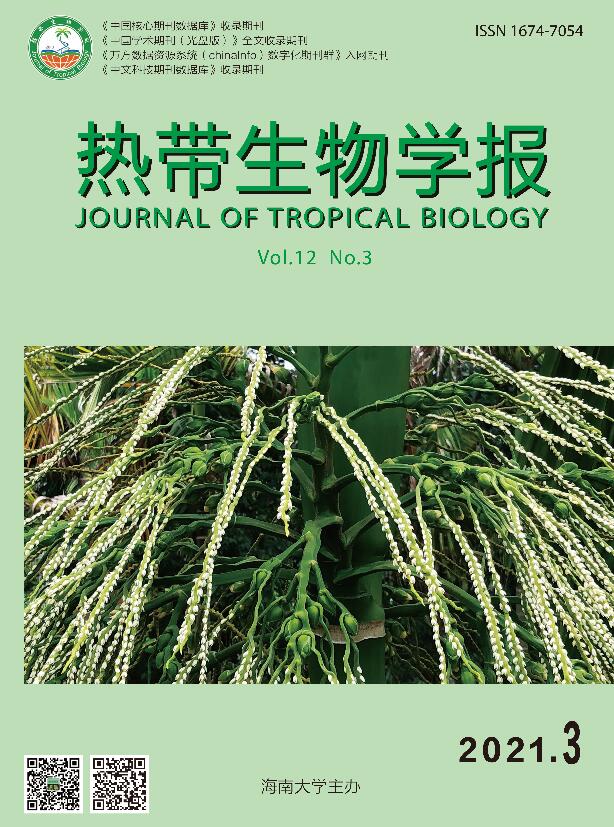
 Abstract
Abstract FullText HTML
FullText HTML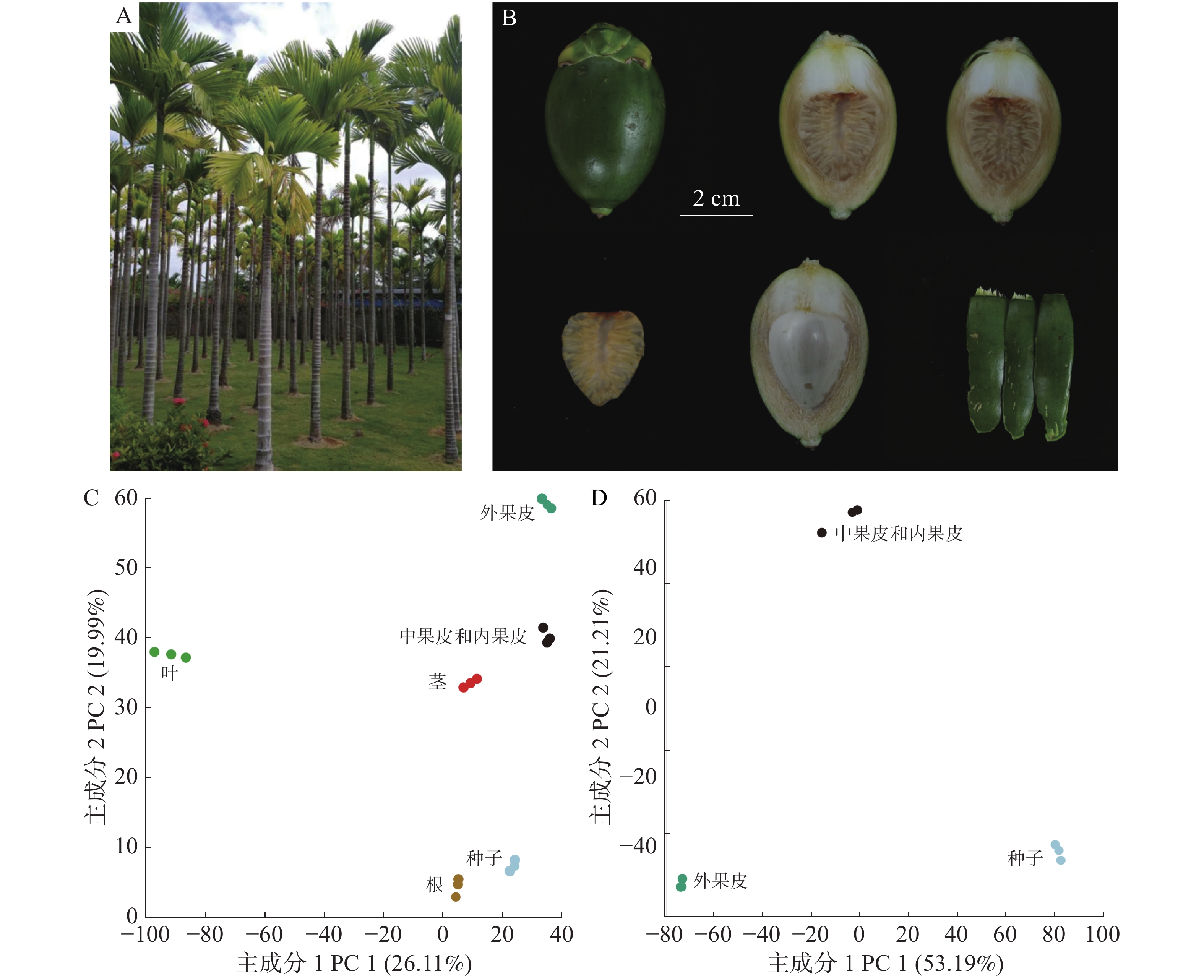
 PDF 1931KB
PDF 1931KB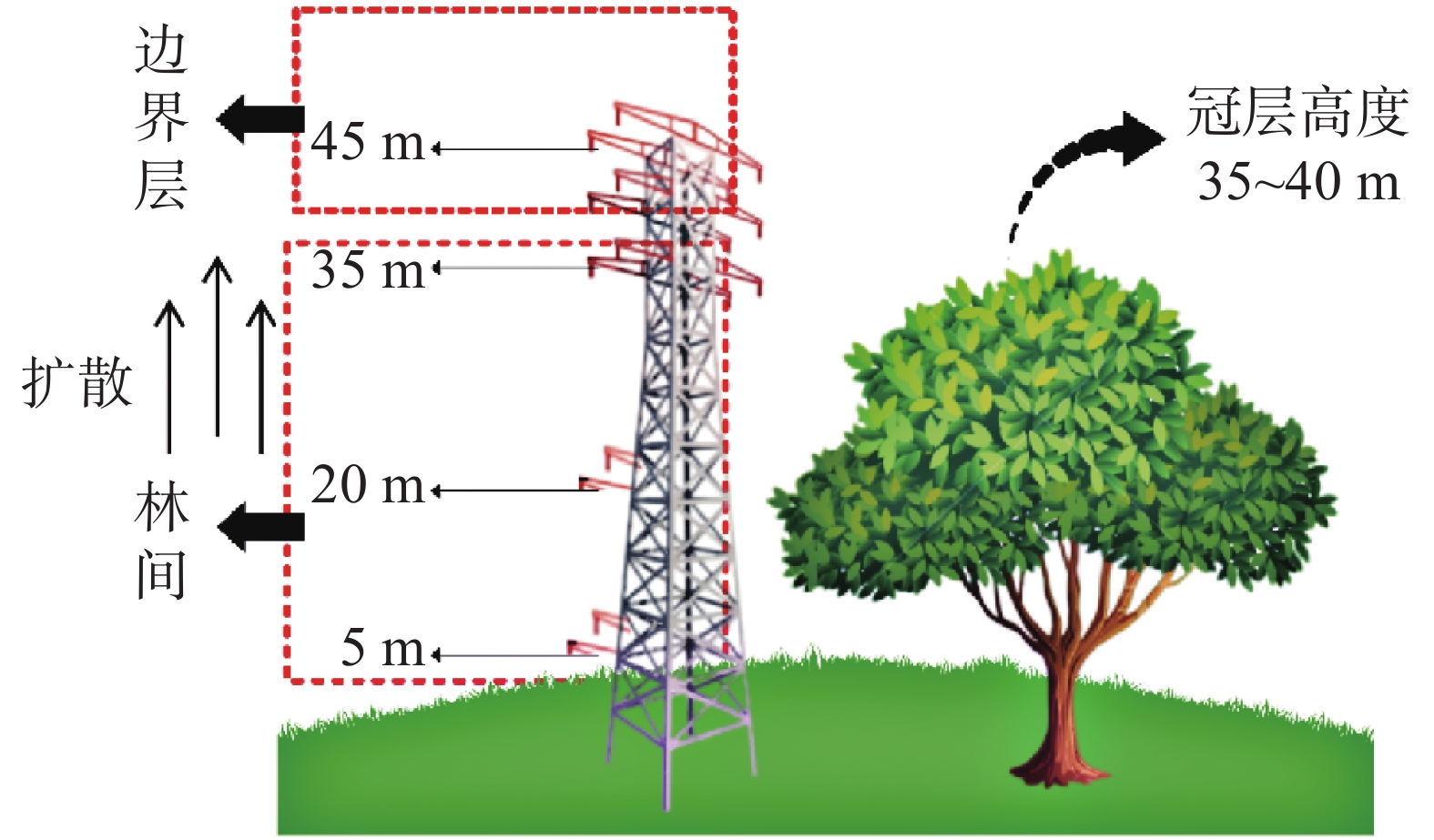

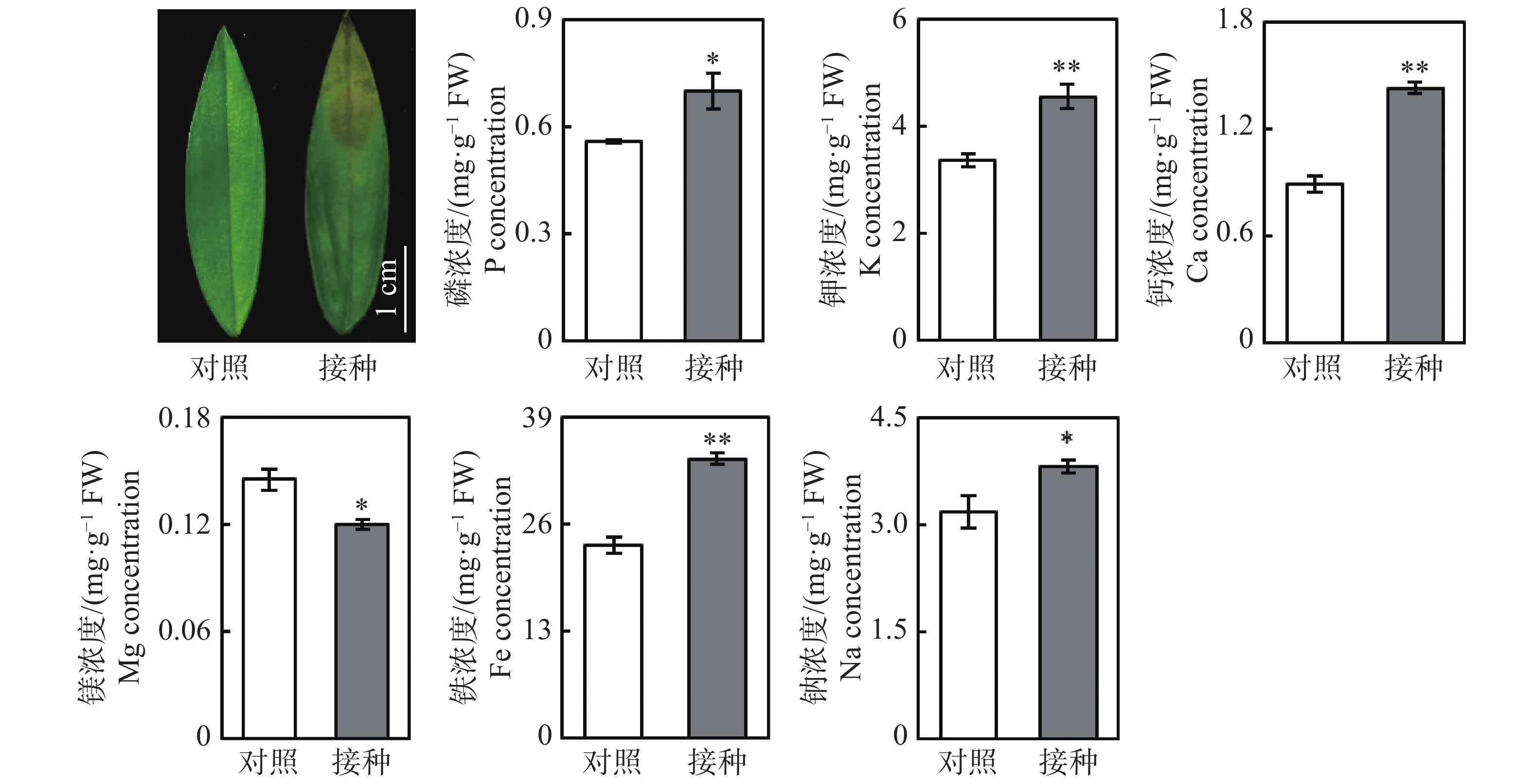
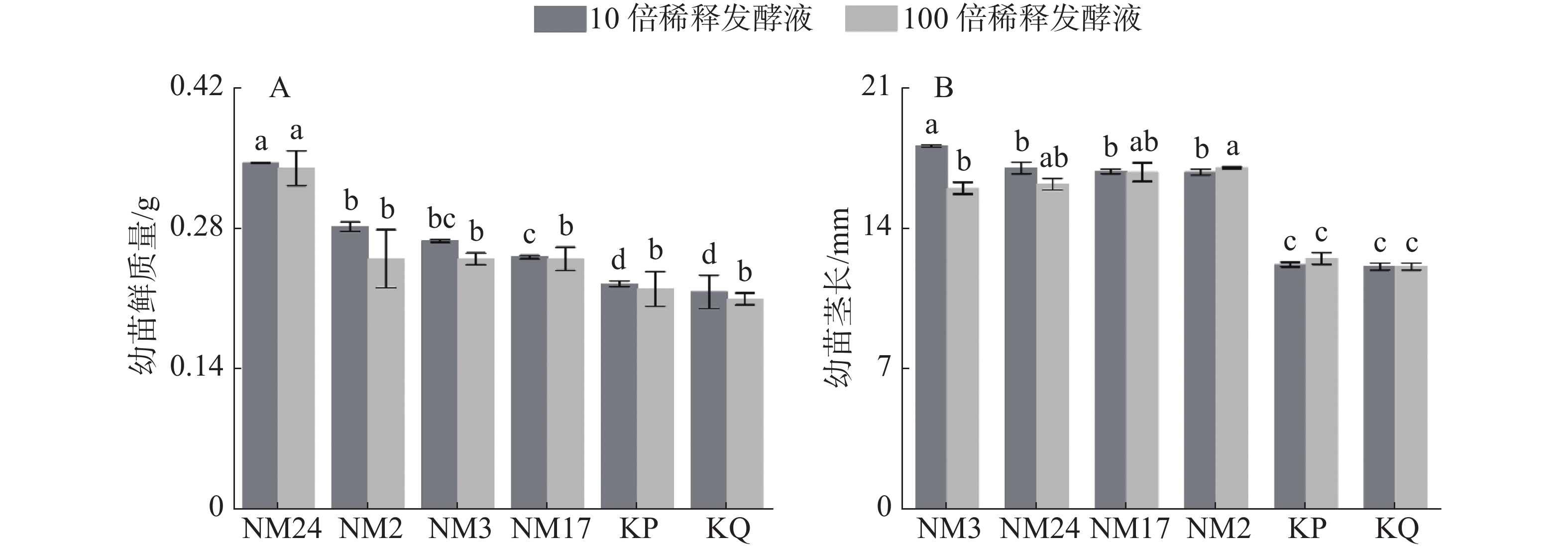
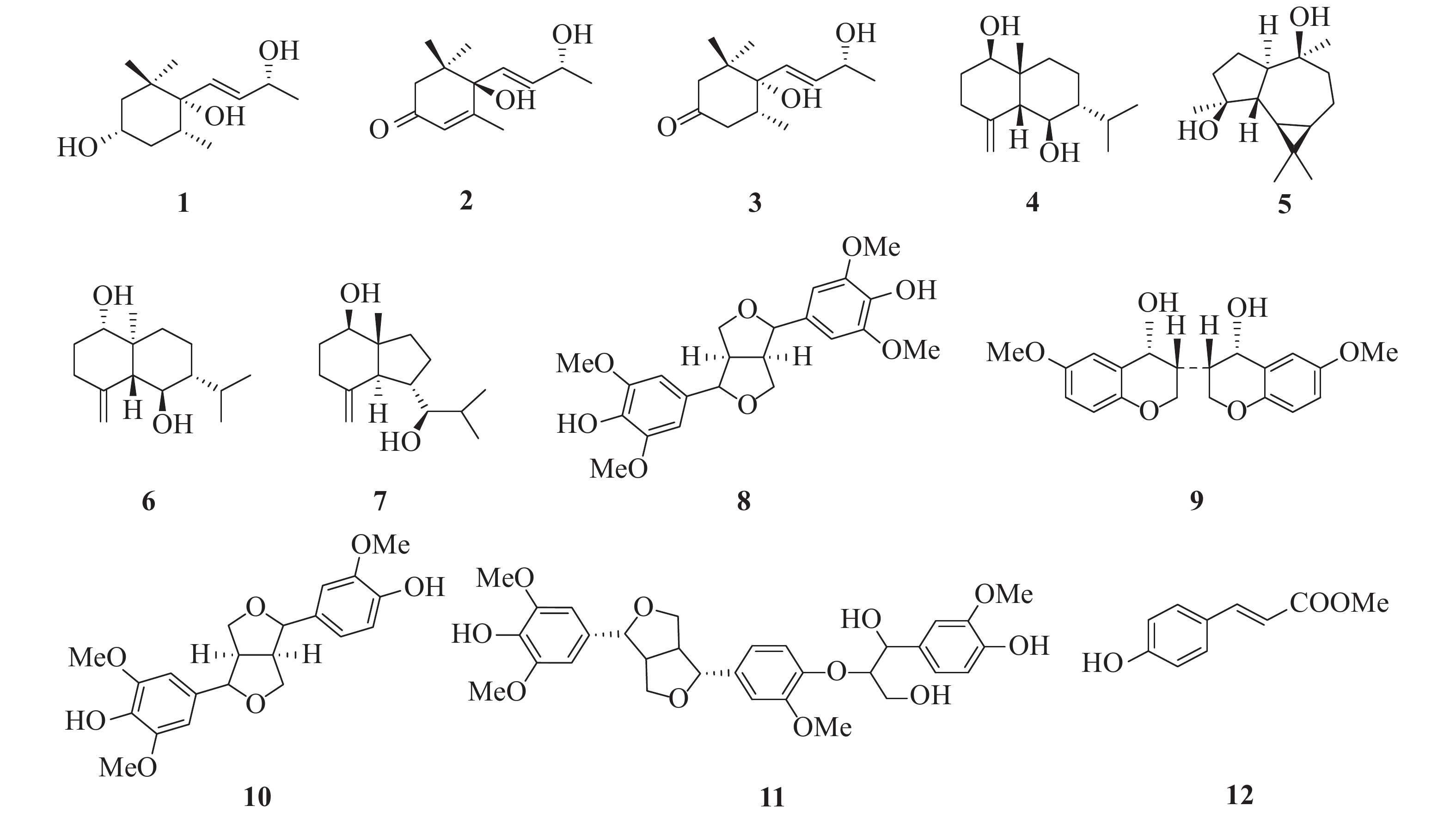
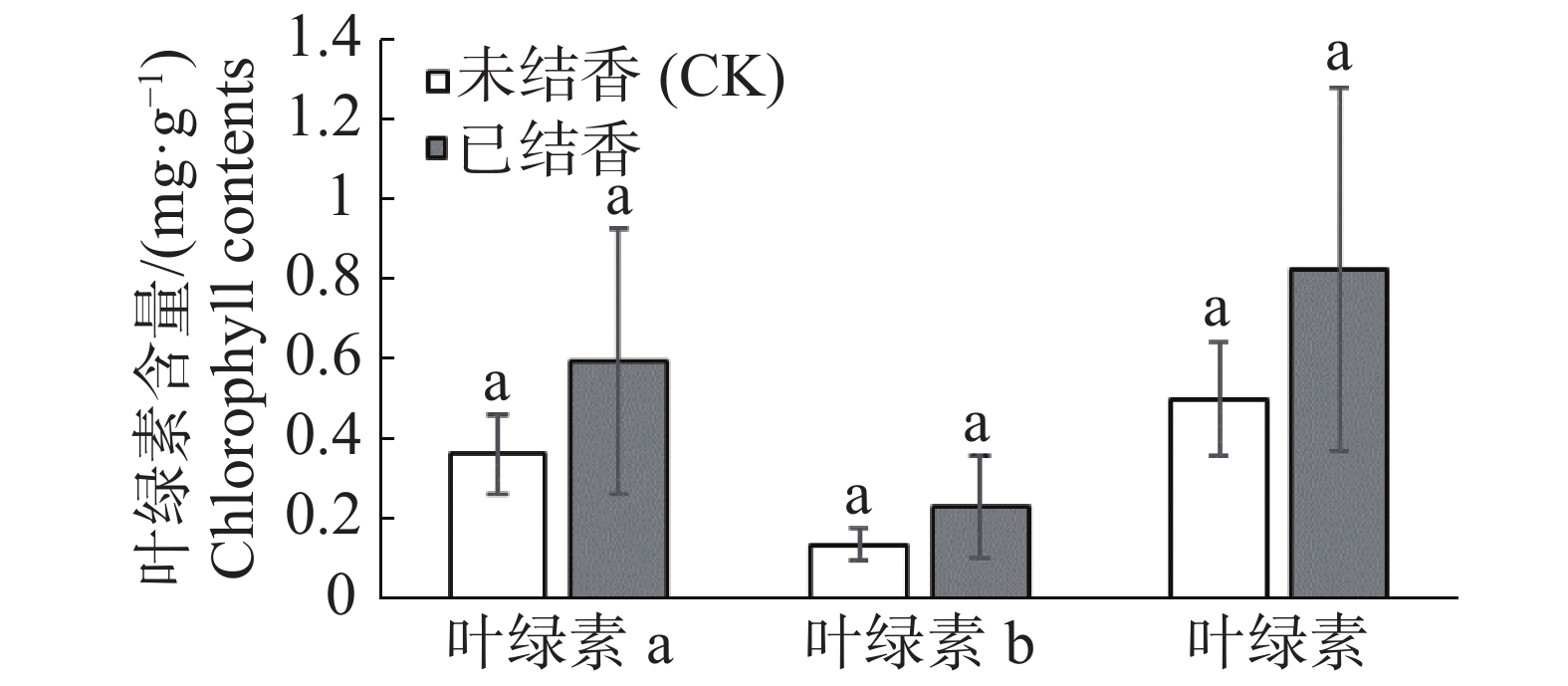

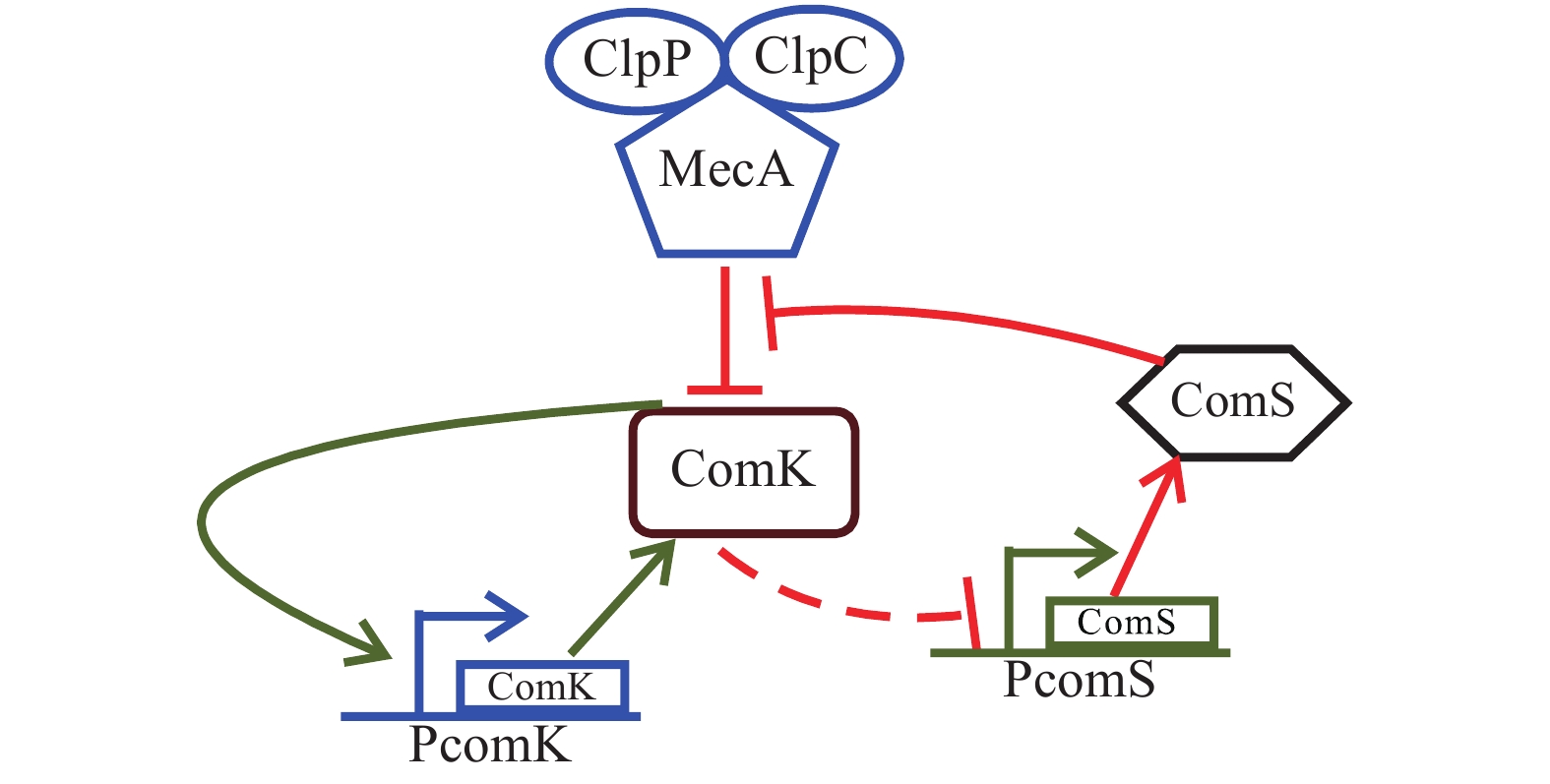
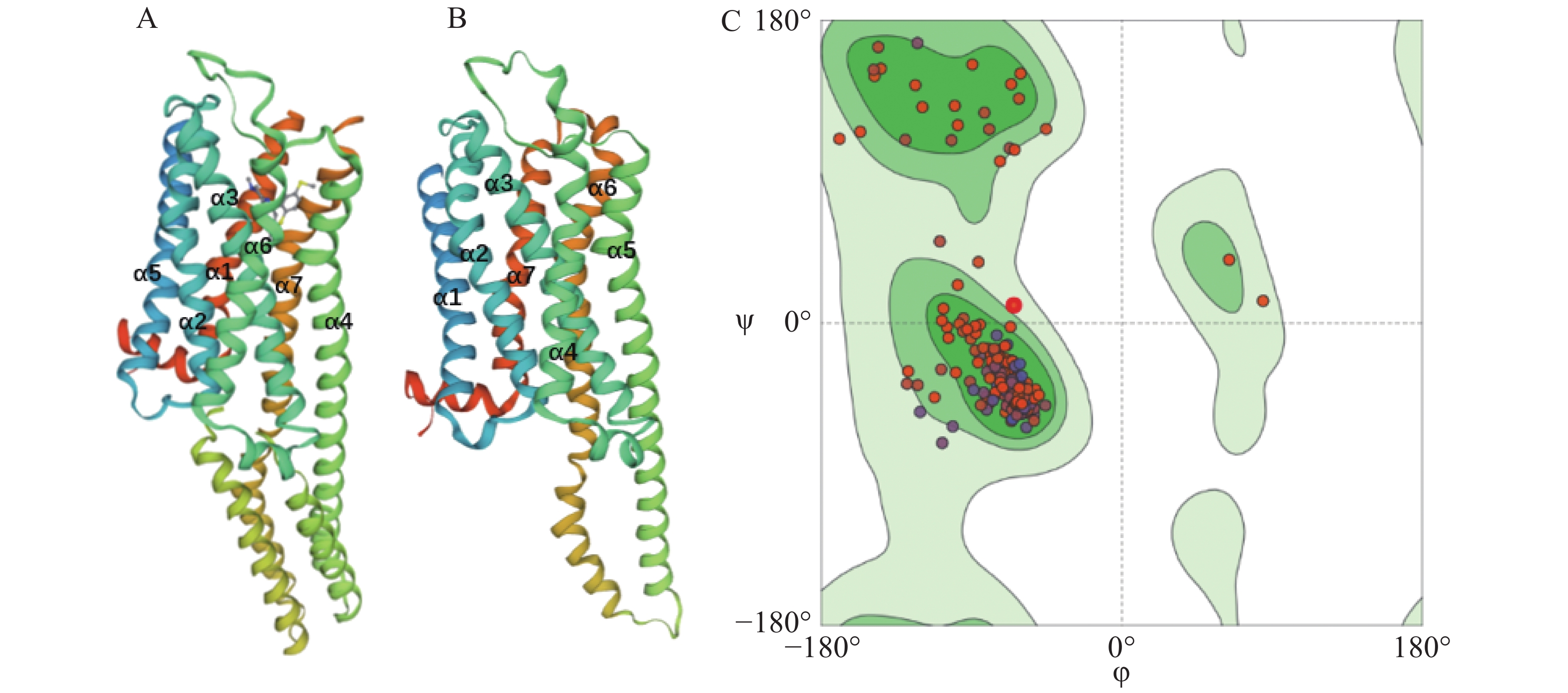
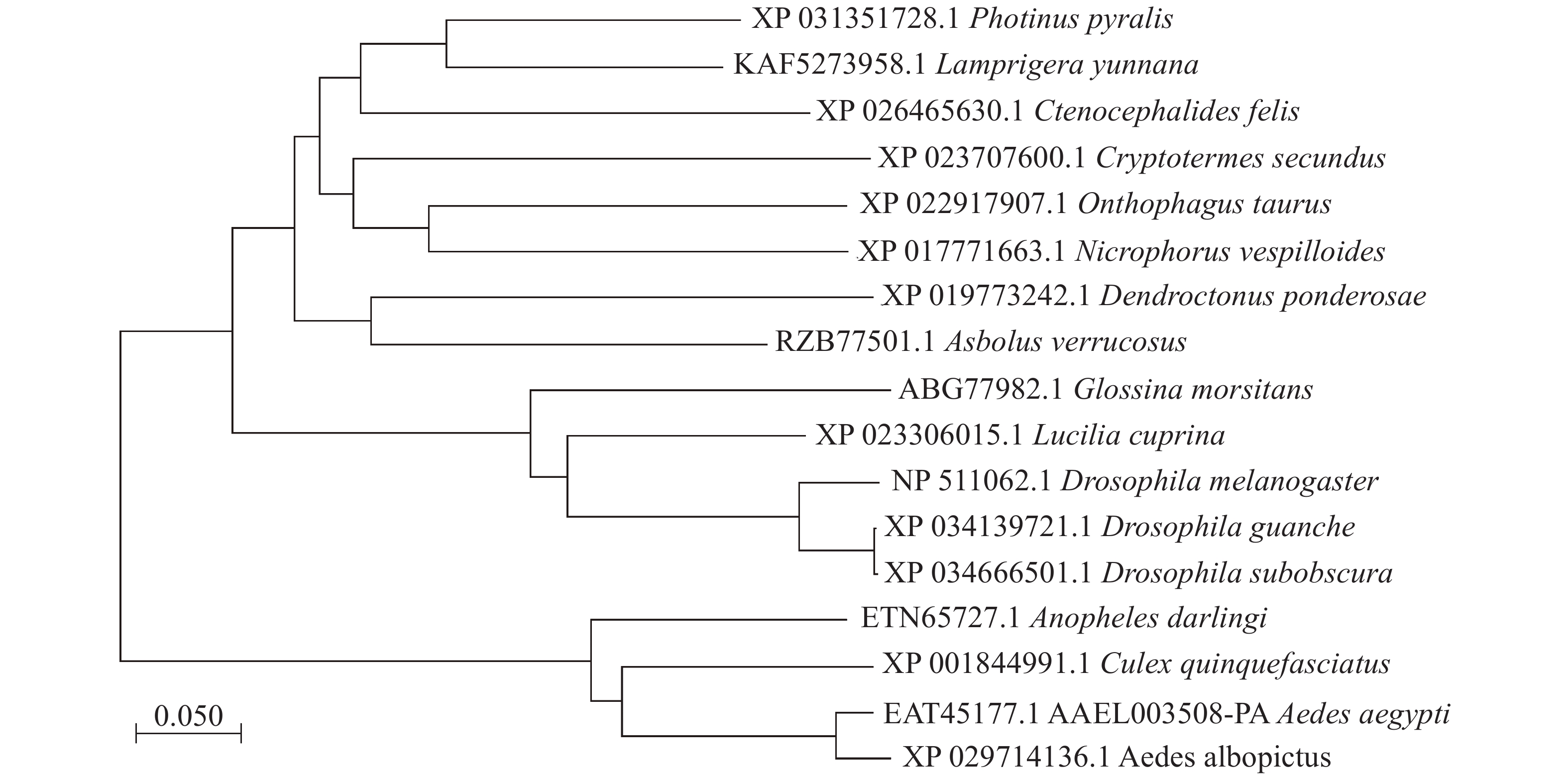

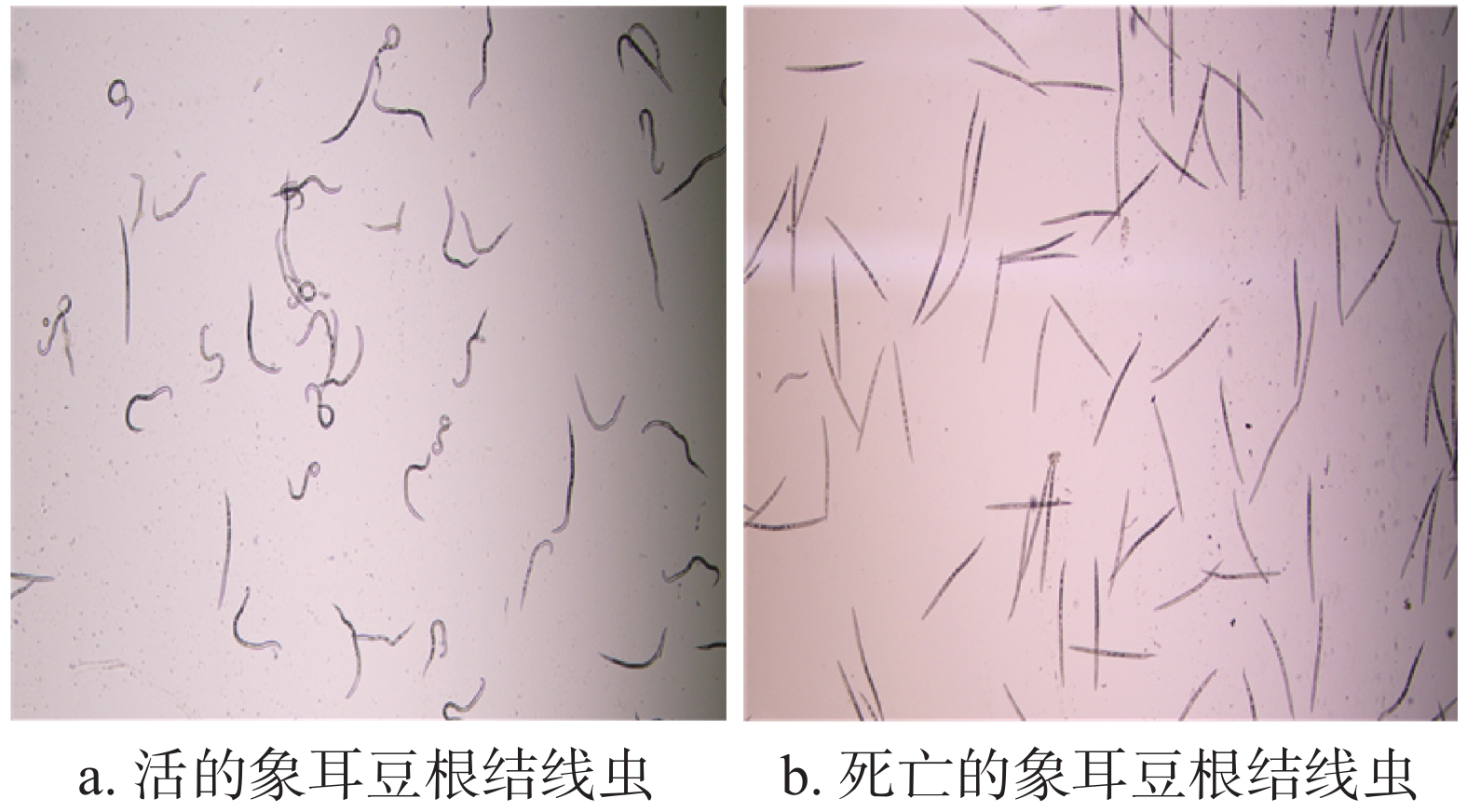
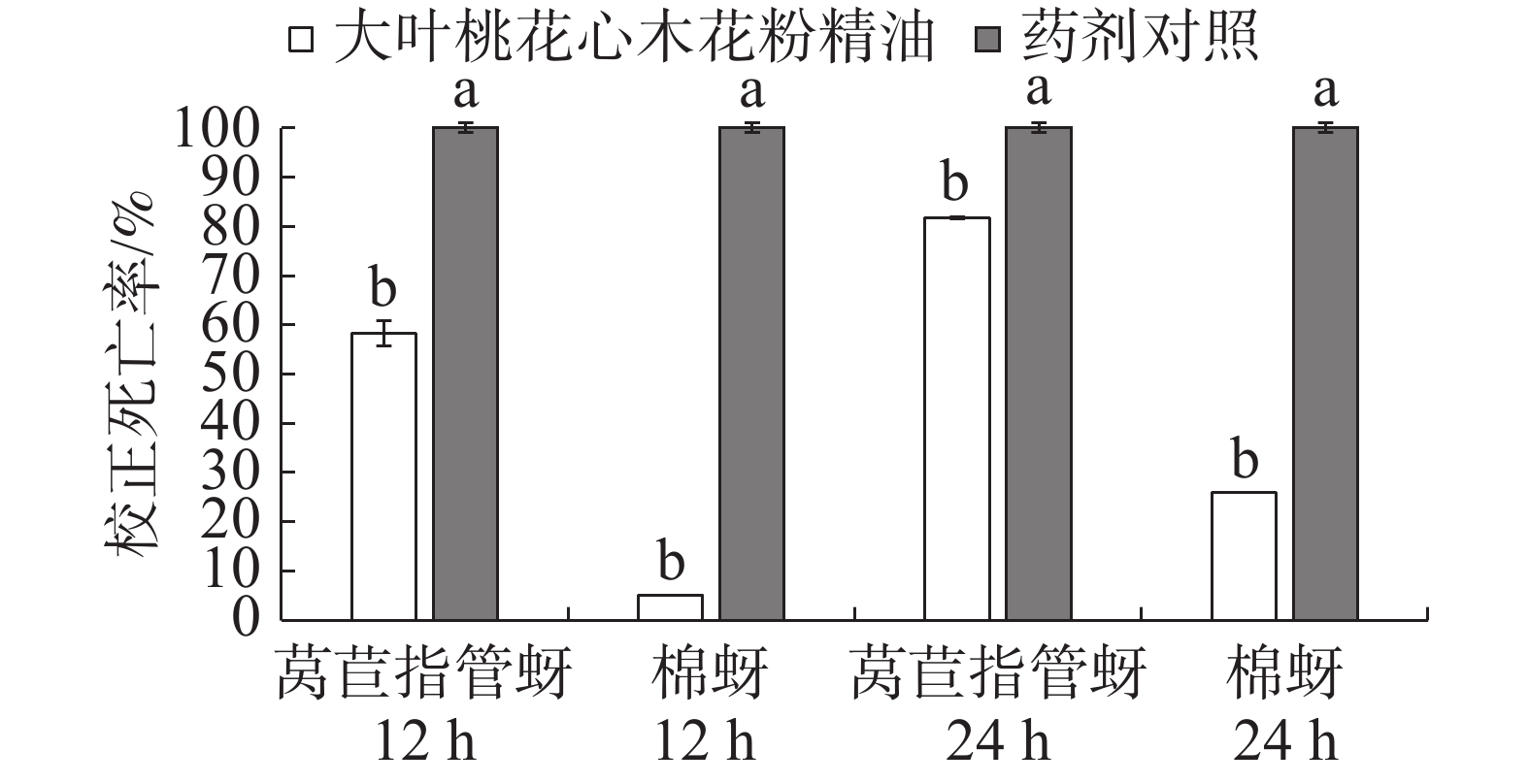
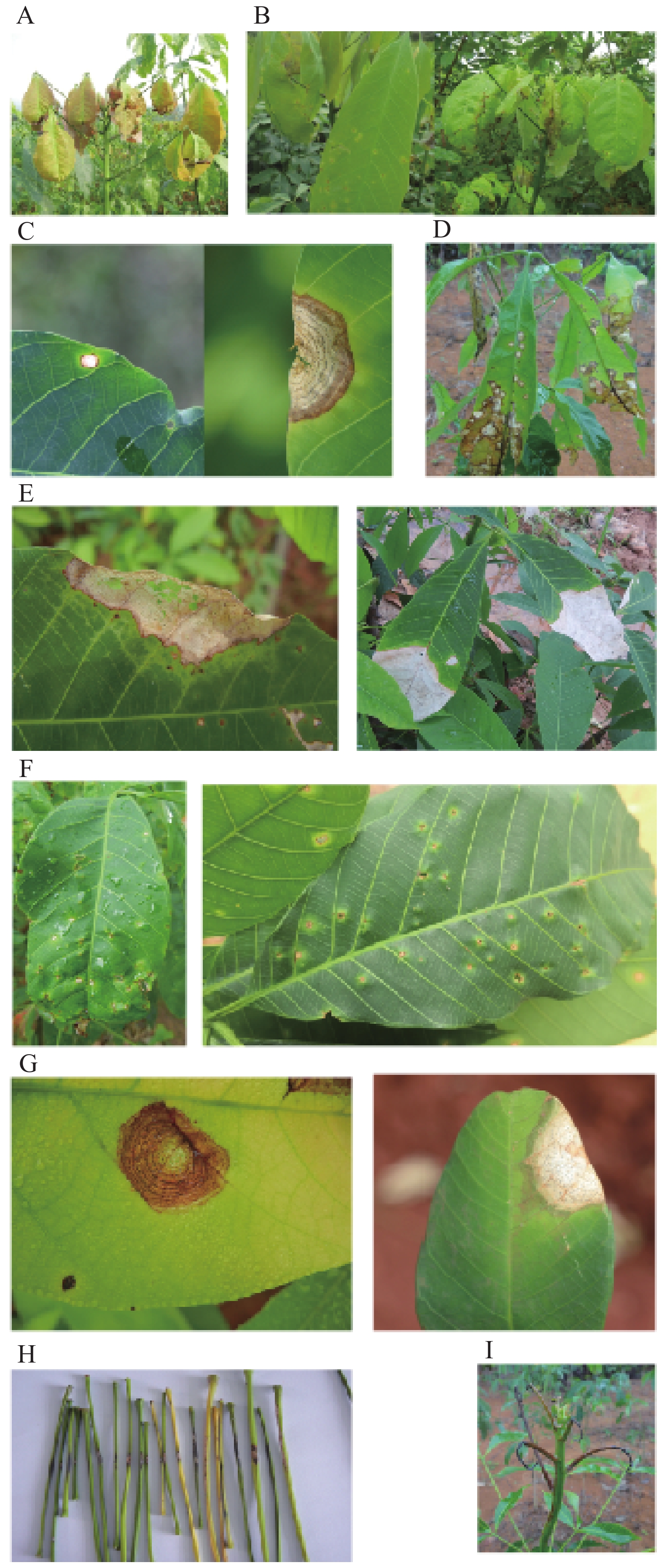
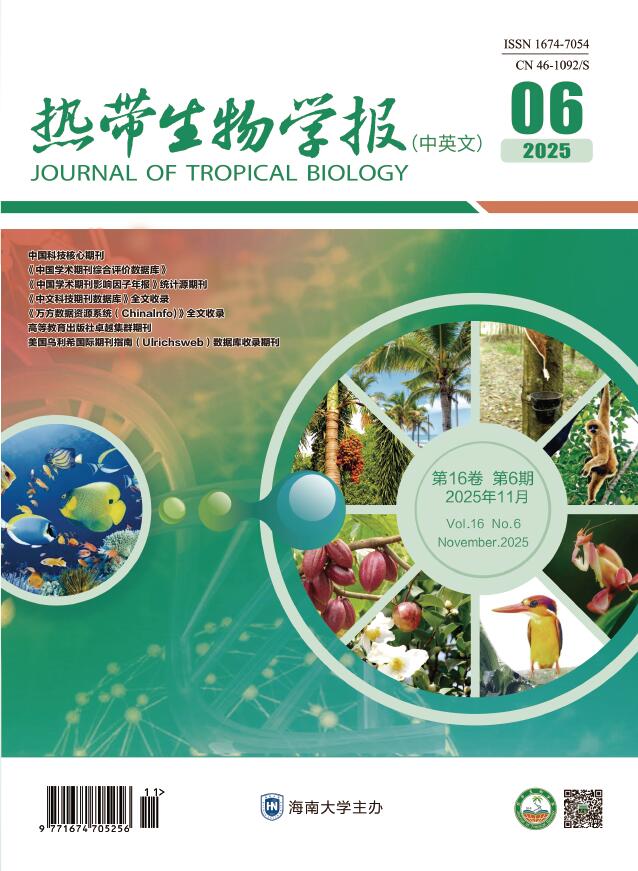
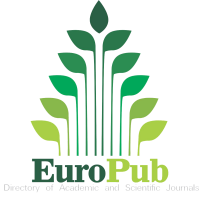


 Email alert
Email alert RSS
RSS